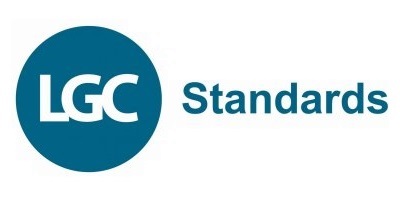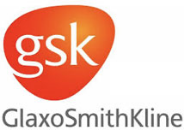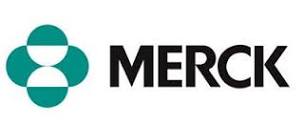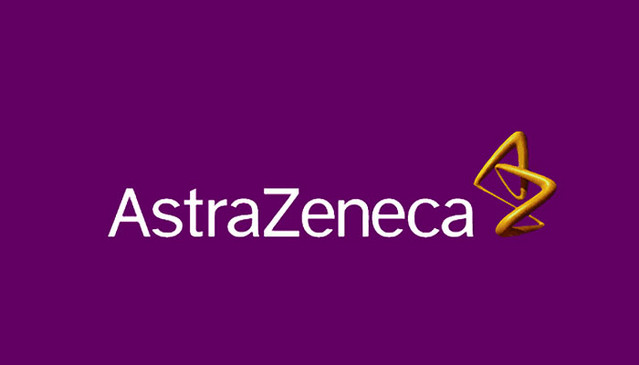Controlled Substance database
Hopefully you’ve landed on this page as you’ve googled (other search engines available!) ‘Controlled Substance database’ as your looking to answer the question “is this chemical a controlled substance?, “is this chemical regulated in some way?” or “is this a controlled drug?”. Perhaps your looking for a list of controlled substances of controlled substances for a particular country - if so read on.
Well you are in luck, in this blog post I’m going to explain how you can access a ‘Controlled Substance database’ to see if your chemical is regulated under controlled drug legislation in over 30 countries, including the UK Misuse of Drugs Act (MoDA) and the USA Controlled Substance Act (CSA).
If you just want to read more on the Controlled Substance database and how you can access it, you can do that here. But if you’ve like to learn a little more about why simply trying to look up a chemical drug name in a countries the legislation won’t work and what makes the above ‘Controlled Substance Database’ special, read on.
It’s a common misconception that controlled drug laws simply contain a long list of legal and illicit drugs that are considered controlled, for example cocaine, ecstasy, morphine etc.This may have been true 30 years ago, but in most countries these days, not just the named drug is controlled but many other possible chemically similar substances related to it as well.
The aim is to try and prevent Novel Psychoactive Substances (NPS’s) aka “legal highs” from being sold. Often NPS are something that is very chemically similar, but slightly different to the substances listed in the legislation, so not technically controlled.
By carefully defining all chemically similar substances in legislation, it makes it much harder to legally supply dangerous NPS’s as they are banned even before they are first made or even thought of!
Even for one class of drugs, such as opioids, this can run into millions of possible chemicals placed under control. The vast majority of chemicals controlled as controlled drugs are by these areas of defined chemicals space, rather than specifically named substances.
An example of one, for ketamine related substances in the UK is shown in the animation below
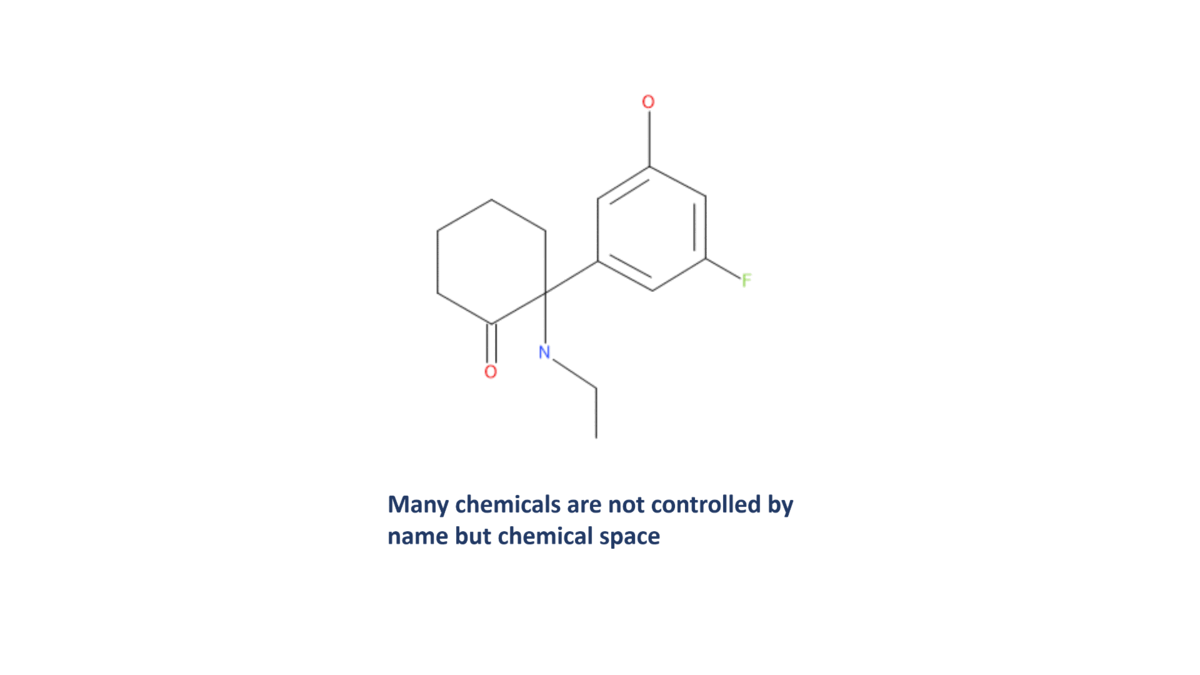
So how can you have a Controlled Substance Database when legislation controls chemicals that haven’t even been made or even thought of?
The answer is to not just have a Controlled substance database with the named chemicals, but also to employ powerful algorithms that understand the complex chemical and legal wording defining the controlled chemical space. Any query to the database searches not just the named substances, but also the surrounding controlled chemicals space.
Fortunately you don’t need to do this for yourself as Controlled Substances Squared already does this for you. Simply enter the chemical you want to check and it will tell you whether it’s controlled, including assessing controlled chemicals space.
Controlled Substances Squared, part of compliance hub, allows you to quickly and easily identify all your chemicals that are controlled, genewrate tariff / HS codes and predict if they are likely to be self reactive, energertic or explosive.
Its algorithms and database of controlled drugs and precursors are updated weekly to ensure you are always compliant.
Trusted by our Clients

